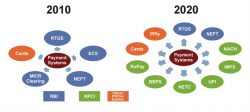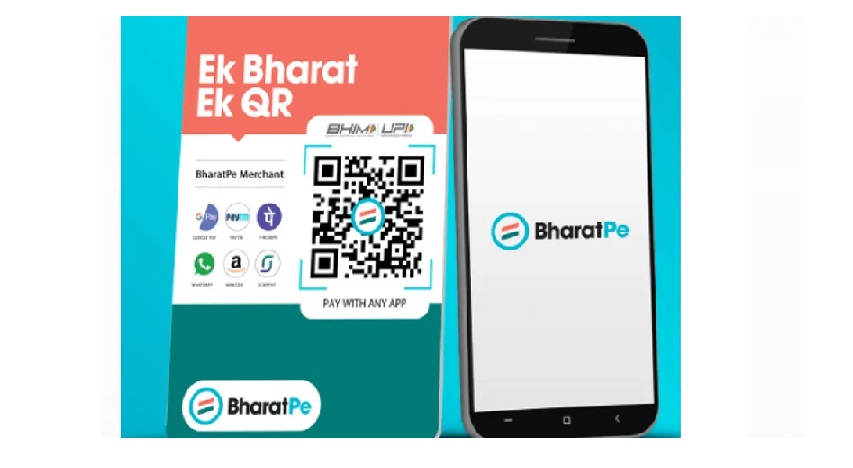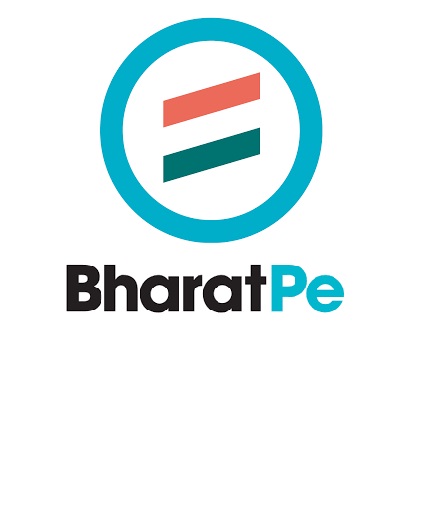As per RBI data, FY19 recorded nearly INR 2326 crore in digital payments showing an increment of 47% in FY21. At the end of FY21, UPI contributed majorly to the growth of digital payments. The underlying reasons for such massive growth are increased mobile & internet penetration in the country with lightweight acceptance infrastructure (QR codes), open-source platform, interoperability, ease of use and zero merchant discount fees offered by FinTech giants like Google Pay, PhonePe, BharatPe and few more.
The following fig shows how the payment system in India has changed over the period. Let us look broadly at how the industry functions based on the user group. The digital payment industry classifies into P2P (Person-to-Person) or P2M (Person-to-Merchant).
In P2P based digital payment, the transaction is recorded between two individuals. In P2M, the transaction is recorded between a merchant (Flipkart/Kirana/other) and an individual. The P2M has contributed 40% to the total volume and 19% on a total value basis in FY21.
In this article, we will be studying the business model of BharatPe because of its unique strategies and getting into the top ranks of the digital payments industry within a short span of three to four years since its inception.

BharatPe
Unlike PhonePe and GooglePe, the founders of the BharatPe UPI decided to work on a single QR Code application. The payment system was closed-loop before BharatPe entered the market. If the merchant was signed up with the PhonePe, the merchant was left with no choice but to use only a valid PhonePe QR code for the transaction.
With BharatPe entering into the market, it proposed a unique value proposition that attracted a lot of merchants because of interoperable QR codes for payments. The other contributing reason that contributed to broader acceptance of the BharatPe by merchants is Zero MDR.
Well, then the question that you may ask here is: What is the model of working as a business for BharatPe?
Here is the answer by Ashneer Grover to it:
“One, margins were low in retail; and two, shopkeepers won’t pay for service. But he did realise shopkeepers were ready to pay interest on loans. That’s when he decided to do something in the fintech space, with merchants at the centre.”
We should analyze why did the founder go for such a strategy? What outcomes did this strategy result in?
To answer the above questions, we need to understand the margins.
The Merchants make nearly 15% and take away 6-7% profit after deducting the cost to run their business. The problem here is an MDR of 1.5%. When you use a digital platform like PhonePe, Google Pay, or PayTm because of MDR, the profit margin reduces to 4.5%. This is demotivating for any merchant to use for transaction purposes and on top of this, as the QR code operators operated in a closed-loop.
BharatPe provided this service for free and made the interoperability of QR code easily accessible which pulled the other players to become interoperable and keep the MDR at 0%.
The company makes money through lending. It is a well-played marketing strategy that the company has used to make money. If you visit the website or operate the app, you will see something like this “earn 12% interest”. You don’t see that the company also earns 12% when you lend money to a peer. So basically, BharatPe charges 2% monthly to the debtor and passes 1% per month to the lender. That is where big money comes in for the company. The exciting part is that the company said that their repayment of loans stood at 96%.
Understanding how the loan model works for BharatPe as a revenue driver:
The company has developed Artificial Intelligence (AI) backed algorithm that studies the transaction of merchants and, based on that, tries to decode the business’s cash flow. This is further used to know the merchant’s loan history and credit score, which is further processed for a willing debtor to disburse a loan by NBFC partner of BharatPe without asking for any collateral in return for the cashless loan. These are unsecured loans ranging between INR 20,000 to INR 7 lakhs for 12 months with a monthly charge of 2% for the debtor. Currently, BharatPe processes loans worth about ₹300 crores each month.
Understanding the cost drivers
The cost drivers for the company lies in a grey area because of the unexplained miscellaneous section. This section accounts for nearly 50%-70% of every financial year. These expenses had blown up 11.6 times to Rs 141.8 crore during FY20 from Rs 12.2 crore in FY19. IT expenses also shoot up nearly 7.3x, followed by an 11.2x increase in costs under the employee benefits category. Overall, the cost drivers are taking a toll heavily on the revenue, especially when company transactions are undisclosed.
Will the company be profitable?
Although the company has taken about 8 – 10% of the market share, it is still a very nascent stage startup to be profitable. Currently, the company is aggressively focusing on acquiring consumers and increasing the market share to beat the giants like PhonePe and Google Pay. It should also be noted that The National Payments Corporation of India has set out new guidelines for digital payment apps limiting their share in the overall volume of transactions on the unified payment interface at 30% in a bid to enforce parity in the country’s fast-growing digital payments industry.
Way forward for BharatPe:
The company has also launched secure lending on its platform, providing loans in exchange for collateral. “We have just launched our first secured lending product in the form of gold loan,” Sameer says. “Over a period, we will launch more and more products like auto loans, loans against property and so on. Therefore, the focus is to launch and scale a series of merchant-focused lending products for the business.”
Story Contributors: Sanket Chhajed
Other Trending Posts in this Series – Media & Entertainment Industry | HUL | Tesla Valuation
To stay updated about all of our posts on Businesses and Finance Careers – register and create a free account on our website. You will also get access to a free Finance Bootcamp course once you register.










